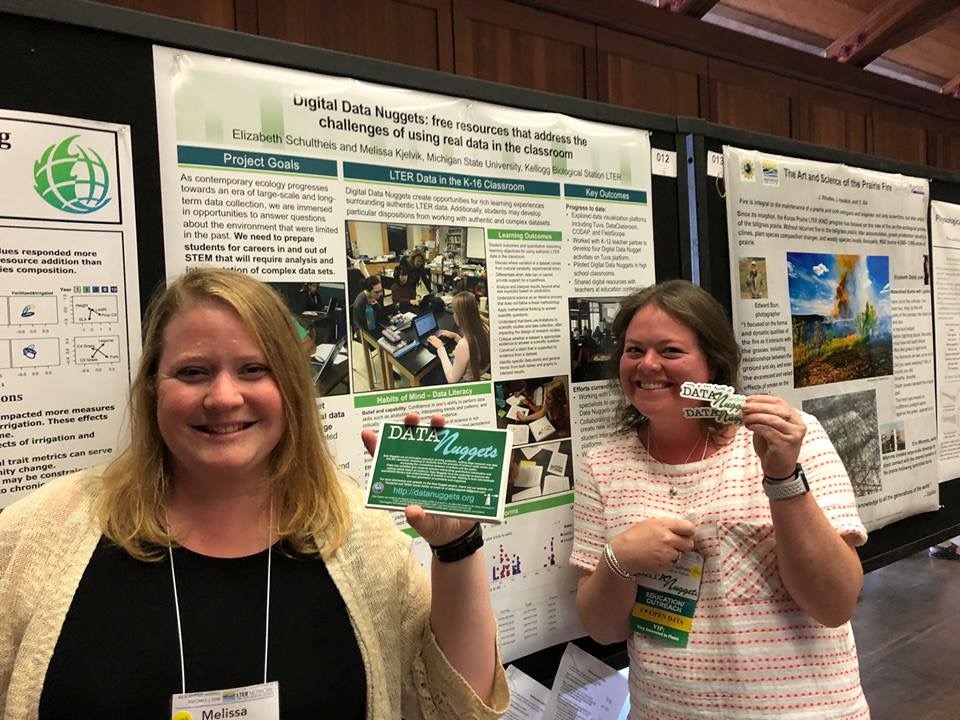It was standing room only as Marcia Angle and Liz Schultheis presented Data Nuggets at the Kellogg Biological Station K-12 Partnership Spring Workshop. The theme of the workshop was “Data, Data, Everywhere!” so it was a great fit!
We designed this session for Data Nugget “newbies” and gave a quick background on our activities, paired with a tour through the website. We then went through one of our newest Data Nuggets, “Bringing back the Trumpeter Swan” and all the cool potential extensions that can be done with this activity.
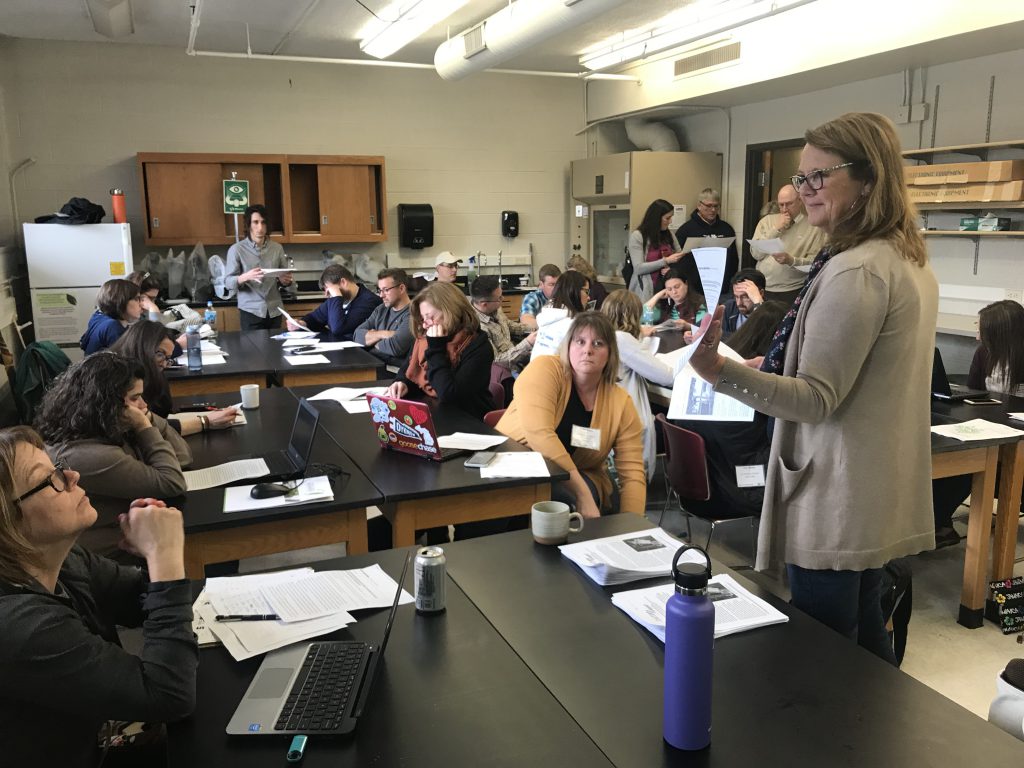
For all the materials presented in the session, check out the links below!
- Data Nugget – Bringing back the Trumpeter Swan
- Workshop Slides
- The 2010 North American Trumpeter Swan Survey
- A New York Times article from 1987 on Trumpeter Swan reintroduction in Michigan
- Article from The Outdoor Journal on Trumpeter Swan recovery in Michigan
- Use eBird, a database of citizen science bird sightings, to look for Trumpeters near you
- A YouTube video on Trumpeter Swan reintroduction efforts that could be shown before the Data Nugget to engage students with the topic, or after to expand the research beyond the one study

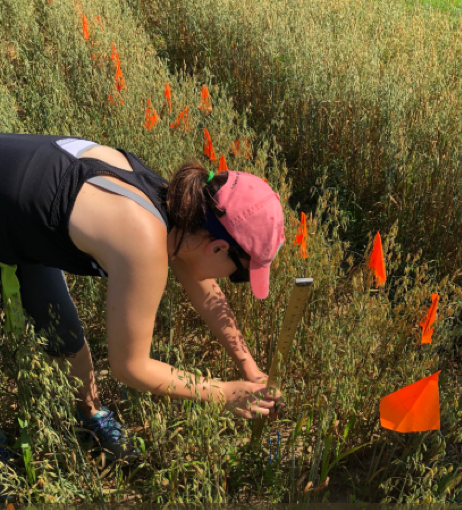

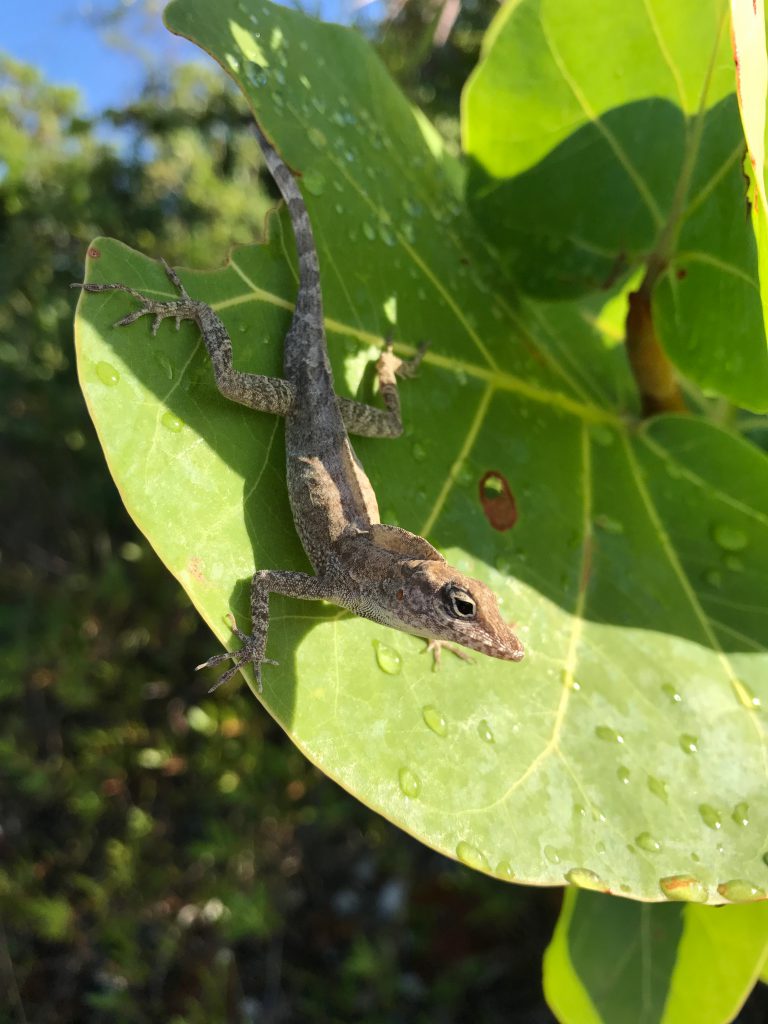
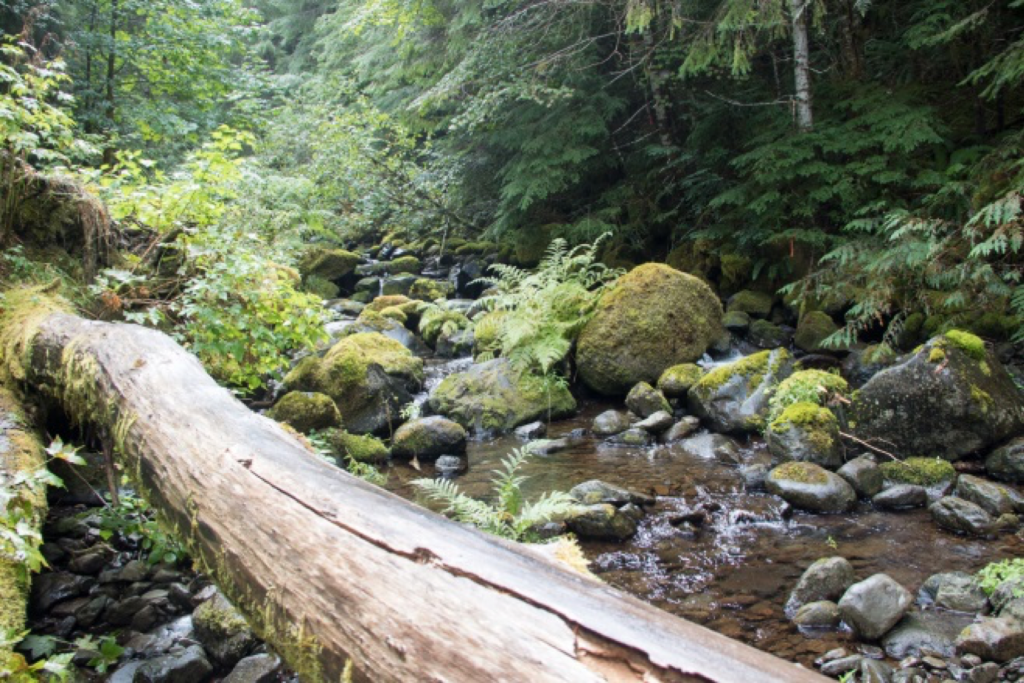
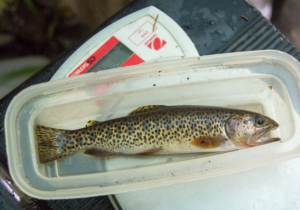




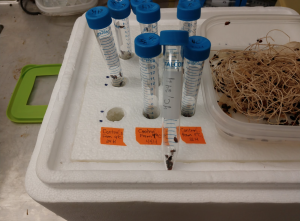

 If you’re not following Data Nuggets on social media yet, you should! We have four great ways to keep up to date about the newest Data Nuggets released and when we add new features:
If you’re not following Data Nuggets on social media yet, you should! We have four great ways to keep up to date about the newest Data Nuggets released and when we add new features: